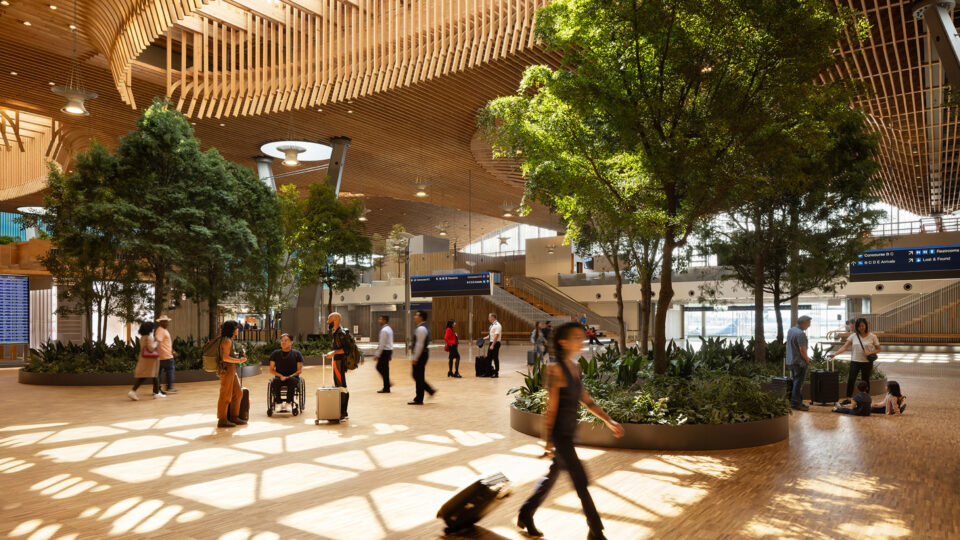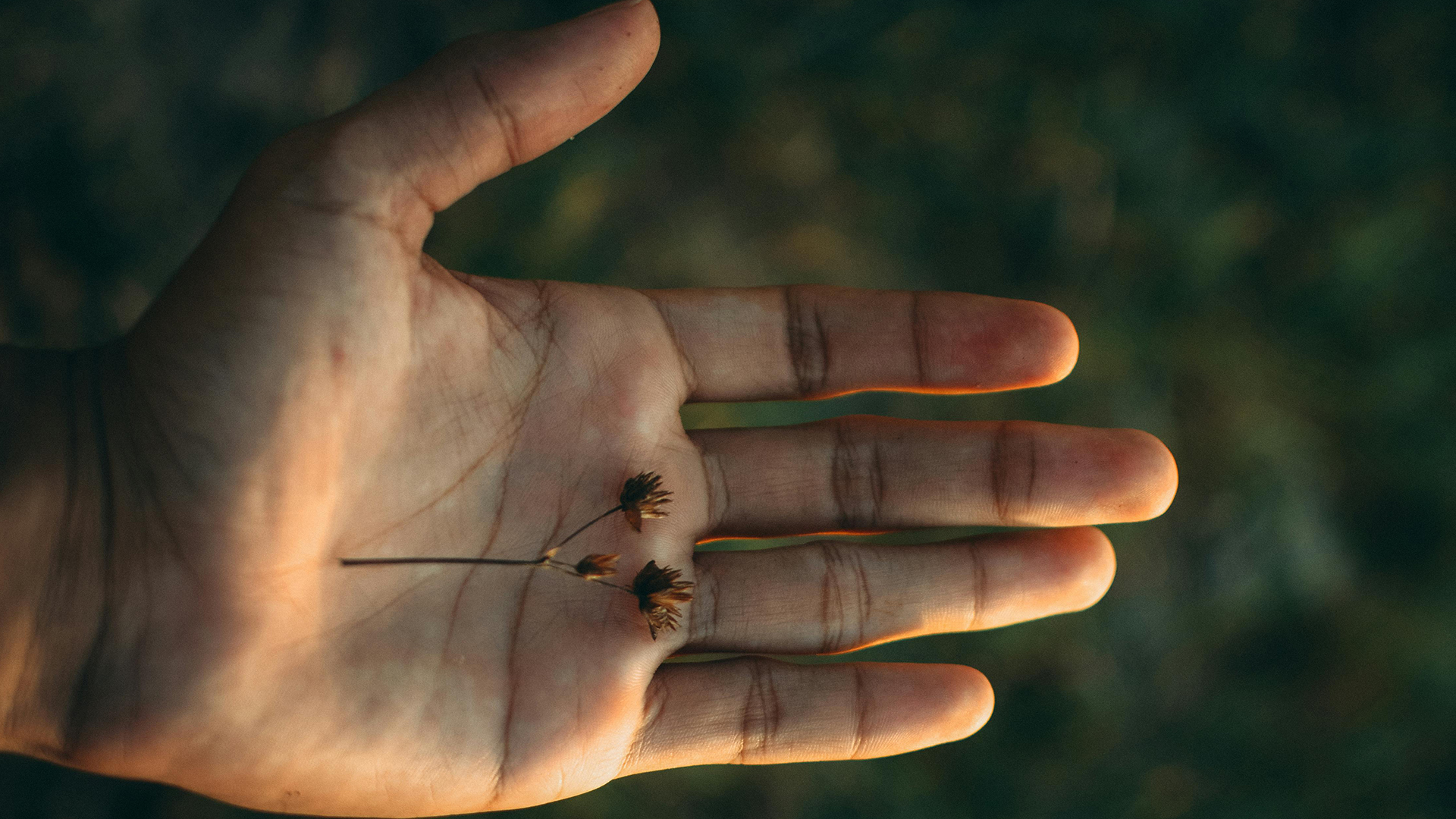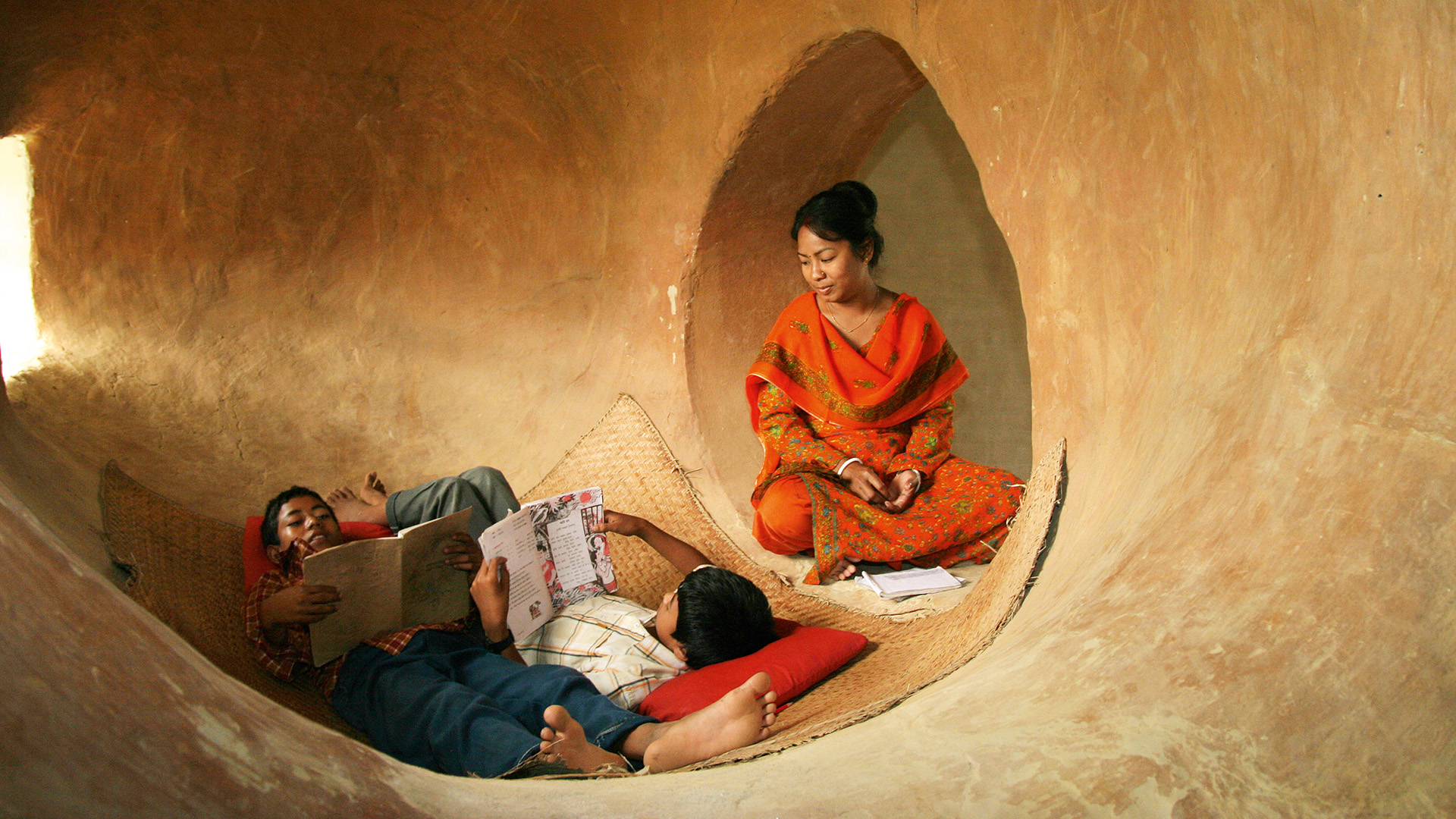Designing a Future That Belongs
This webinar series is about transforming the way we design, build, and see the world. Come ready to be inspired and join us in making something that matters.
Join the Movement Toward Sustainable Design
Sustainable design isn’t a trend. It’s not a checkbox. It’s a way of seeing, of working, of being. It’s about connecting to the materials, the land, and the rhythms of nature. And it’s expressed in the tangible details of how we build, source, and create.
A movement is unfolding—one that invites us to build with care, design with nature, and create work that matters. And we want you to be part of it. This year, our SEGD Voices series is about Sustainable Design—not as an obligation but as an invitation. An opening to create with intention. To listen. To respond. To make work that lasts because it belongs.
Next in this series, we’ve gathered three visionary minds, each contributing to the landscape of sustainable and regenerative design. They don’t just talk about it. They live it. Their work is an act of devotion to the world around them. Come listen. Come be inspired. Come create differently.
Form Follows Love
Anna Heringer | March 20, 2025
The METI Handmade School in Bangladesh rises from the earth like a living sculpture, its sun-dried mud walls sculpted by human hands, textured with the imprints of craftsmanship and care from the community that built it. Bamboo lattices filter golden sunlight into airy, open classrooms. The building feels less like an institution and more like a natural extension of the village—rooted, warm, and alive. Every detail, from the curving nooks to the earthen walls, invites children to learn and dream in a space that honors tradition while embracing the future.
This structure is emblematic of Anna’s work (featured in her TED Talk) and her belief that architecture is a tool to improve lives. For her, sustainability isn’t an aesthetic—it’s an ethic. A way of designing in harmony with place. Her journey started in Bangladesh, where she saw the potential of earth as a building material—simple, accessible, and enduring. Her projects are living proof that a deep respect for local materials, techniques, and culture can create sustainable and deeply human spaces.
What you’ll take away:
- An invitation to make a design that feels alive.
- How we can build things while building community at the same time.
- The power of working with what’s around you—materials, culture, tradition.
Beyond Sustainability
I first encountered Joel Glanzberg as a student of the Regenerative Practitioner course. The experience shattered my worldview—what began as a straightforward journey of moving beyond sustainability became a profound reexamination of how humans relate to and shape the world around them. I soon found myself questioning everything I thought I knew about design.
Regenesis Group doesn’t teach sustainability; they challenge us to shift the way we think, the way we see, and the way we work within living systems. As Gregory Bateson once said, ‘The major problems in the world are the result of the difference between how nature works and the way people think.’ Regenesis seeks to close that gap, helping us reframe our approach to design and development so that human activity aligns with and enhances natural systems—rather than disrupting them. Founded in 1995, the group has spent nearly three decades pioneering regenerative development, proving that human activity can be a source of ecological and social health rather than degradation. Their work is rooted in the understanding that outer transformation of our world is only possible through inner change.
Through initiatives like The Regenerative Practitioner Series, they teach architects, planners, designers and developers how to integrate regenerative principles into their practice—not as a checklist, but as a way of seeing the interconnectedness of all living systems. Joel Glanzberg, one of Regenesis’ leading voices, brings decades of experience in permaculture, ecological design, and regenerative thinking. He challenges us to go beyond sustainability—to design in ways that restore, revitalize, and evolve in harmony with the natural world.
What you’ll take away:
- A new understanding of regenerative development and why it matters.
- Practical ways to integrate regenerative thinking into your work.
- A shift in perspective—from seeing parts to stewarding whole living systems.
Designing with Bamboo
Luis Echeverria | July 17, 2025 | 5-6 pm ET
The first time I saw a bamboo structure, I was in awe. It felt both ancient and innovative. I wondered how something so beautiful and intricate could be designed with only a single material. Then I learned more about the sustainable attributes of this ‘wonder grass’ — how it regenerates without need for replanting. Incredibly fast growing, it can be ready for harvest in as little as three years. It naturally replenishes soil health, absorbs carbon and produces more oxygen than trees. When I found Bamboo U, I saw a place where craft and sustainability met in the most tangible way. I knew this was something our design community needed to see.
Bamboo U is more than a school—it’s an immersive sanctuary where nature and architecture intertwine, set in the lush, verdant landscapes of Bali. Here, the sweeping curves and intricate joinery of towering bamboo structures showcase the harmony between craftsmanship and ecology. Open-air classrooms invite the breeze, the scent of fresh-cut bamboo lingering as students shape, bend, and weave this ancient material into modern forms. In this place, learning isn’t confined to theory—it’s a hands-on experience of building with the earth. And Luis Echeverria has been at the heart of the bamboo movement here, teaching designers how to work with this giant wild grass as the future of sustainable building. More than an alternative material—it’s an opportunity to rethink how we build, live, and interact with the natural world.
What you’ll take away:
- The fundamentals of bamboo as a material: strength, versatility, and sustainability.
- Inspiration from structures that redefine what’s possible.
- A call to rethink our relationship with the materials we use.
People also viewed
-
SEGD Unveils Bold Sustainability Initiatives for 2025

SEGD Unveils Bold Sustainability Initiatives for 2025
-
A Walk Through the Forest: How the New PDX Terminal Transports Visitors Into the Pacific Northwest

A Walk Through the Forest: How the New PDX Terminal Transports Visitors Into the Pacific Northwest
-
Forest Net(work)

Forest Net(work)



